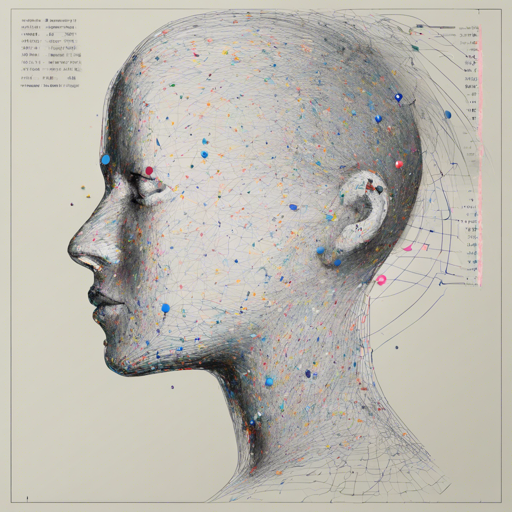Uncertainty in deep learning is a fascinating area of study, especially as it pertains to computer vision and Bayesian approaches. Today, we’ll delve into how to train a simple autoencoder to reconstruct MNIST digits based on insights from the paper by Kendall and Gal, “What Uncertainties Do We Need in Bayesian Deep Learning for Computer Vision?”
Getting Started with MNIST
The first step in our journey is to download the MNIST dataset, a staple for any machine learning practitioner. It consists of numerous handwritten digits which provide a rich ground for us to practice reconstruction using our autoencoder model.
Step 1: Downloading the MNIST Dataset
To download the data, execute the following command:
bash download.shThis script will fetch the MNIST dataset from the internet and prepare it for use in our model.
Step 2: Preprocessing the Data
After downloading, we need to preprocess the data which includes rescaling the images and saving them in a Python dictionary. This step ensures that our model can effectively learn patterns from the images.
Run the following command to preprocess the data:
python prepro.pyHow the Code Works: An Analogy
Imagine you’re an artist tasked with recreating a beautiful landscape painting. Before you can begin, you need to gather your supplies and prepare your canvas. This process resembles the data downloading and preprocessing steps in our code.
- The canvas represents the MNIST dataset. Just like you need a clean surface to paint, your model needs a well-prepared dataset.
- Next, rescaling the images is akin to choosing the right colors and tools for your artwork. It ensures that your resources are optimal for creating your masterpiece.
Just as the artist carefully prepares, so too must we prepare our data.
Troubleshooting Common Issues
While working through these steps, you may encounter issues. Here are some troubleshooting ideas:
- Script Errors: Ensure that your script paths are correct and that the download.sh and prepro.py are in your working directory.
- Environment Issues: Make sure you have the necessary libraries installed for TensorFlow and any other dependencies required by the scripts.
- Missing Dataset: If the dataset isn’t downloading, check your internet connection and try running the download script again.
For more insights, updates, or to collaborate on AI development projects, stay connected with fxis.ai.
Conclusion
In summary, by preparing your MNIST dataset and understanding the workflow, you’re setting a solid foundation for training an autoencoder that captures the essence of the digits it sees. This knowledge is pivotal for anyone looking to explore the intersection of uncertainty and deep learning.
At fxis.ai, we believe that such advancements are crucial for the future of AI, as they enable more comprehensive and effective solutions. Our team is continually exploring new methodologies to push the envelope in artificial intelligence, ensuring that our clients benefit from the latest technological innovations.

